The haunting wail of bagpipes has echoed across valleys, highlands, and village squares for centuries, captivating listeners with their distinctive sound. Though commonly associated with Scotland, bagpipes appear in various forms across Europe, North Africa, and the Middle East, each region developing unique instruments and traditions.
Today, enthusiasts can experience these ancient instruments in authentic settings where the music maintains its cultural significance beyond touristic performances.
Here is a list of 14 remarkable places where traditional bagpipes continue to thrive as living musical traditions, offering visitors genuine experiences of these extraordinary instruments.
Edinburgh Military Tattoo
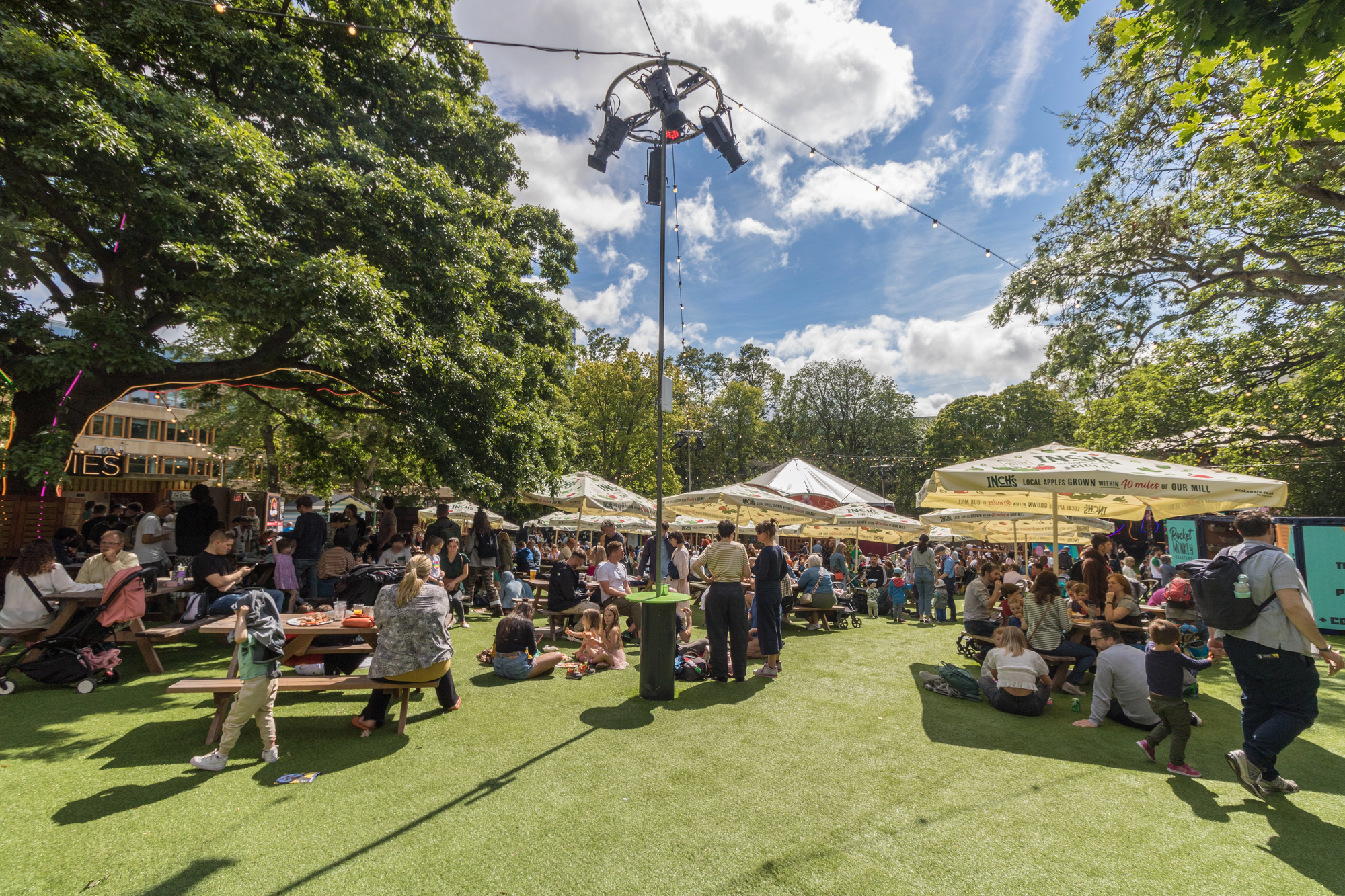
This spectacular evening performance takes place on the esplanade of Edinburgh Castle throughout August, featuring over 200 pipers performing in unison. The massed pipe bands create a wall of sound unlike anything else on earth, with players drawn from military regiments worldwide.
Visitors describe feeling the vibrations through their entire bodies when hundreds of Highland bagpipes reach their crescendo against the dramatic castle backdrop.
Galicia, Spain

This autonomous region in northwestern Spain celebrates its Celtic heritage through the gaita, a bagpipe similar to its Scottish cousin but with its own distinctive voice. Local festivals feature competitions between parish pipe bands playing traditional muiñeiras dance tunes.
Villages like Ortigueira host international Celtic music festivals where Spanish gaita players share stages with musicians from Brittany, Scotland, and Ireland, demonstrating surprising similarities between these geographically distant traditions.
France
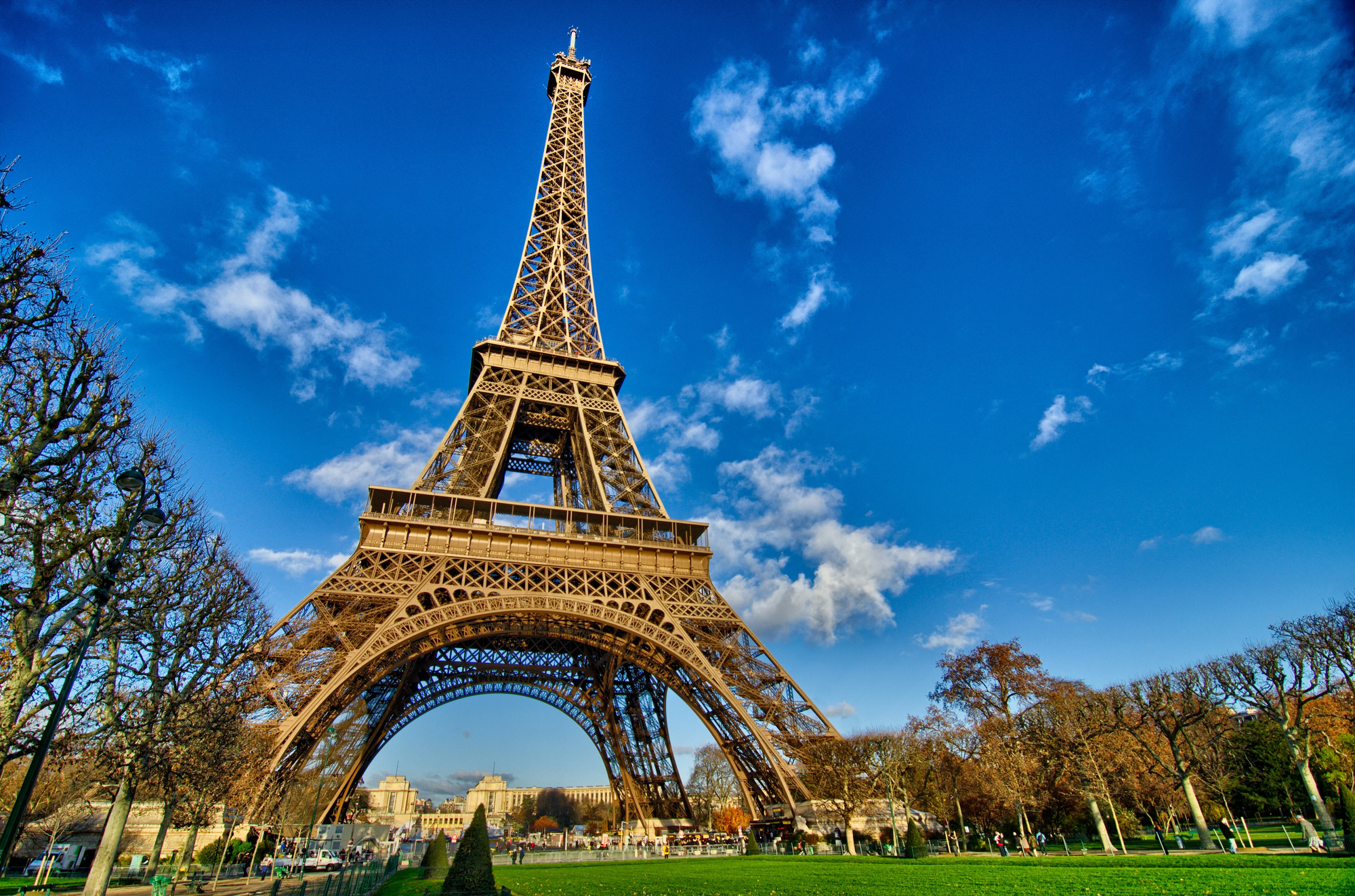
The binioù, Brittany’s traditional bagpipe, features prominently in fest-noz gatherings where locals dance long into the night. These community celebrations maintain centuries-old music and dance traditions unique to specific Breton villages and regions.
Visitors to the medieval town of Quimper can witness bagpipe bands parading through narrow streets during summer festivals, wearing distinctive local costumes that vary from one parish to another.
Like Travel Pug’s content? Follow us on MSN.
Puglia, Italy

The zampogna bagpipe tradition flourishes in this southern Italian region, particularly during the Christmas season when shepherds play pastoral songs on their distinctive double-chantered instruments. The small town of Panni holds an annual zampogna festival attracting players from across the Italian peninsula.
Local makers still craft these instruments entirely by hand using traditional tools, producing pipes tuned to ancient scales that predate modern Western music theory.
Bulgarian Rhodope Mountains
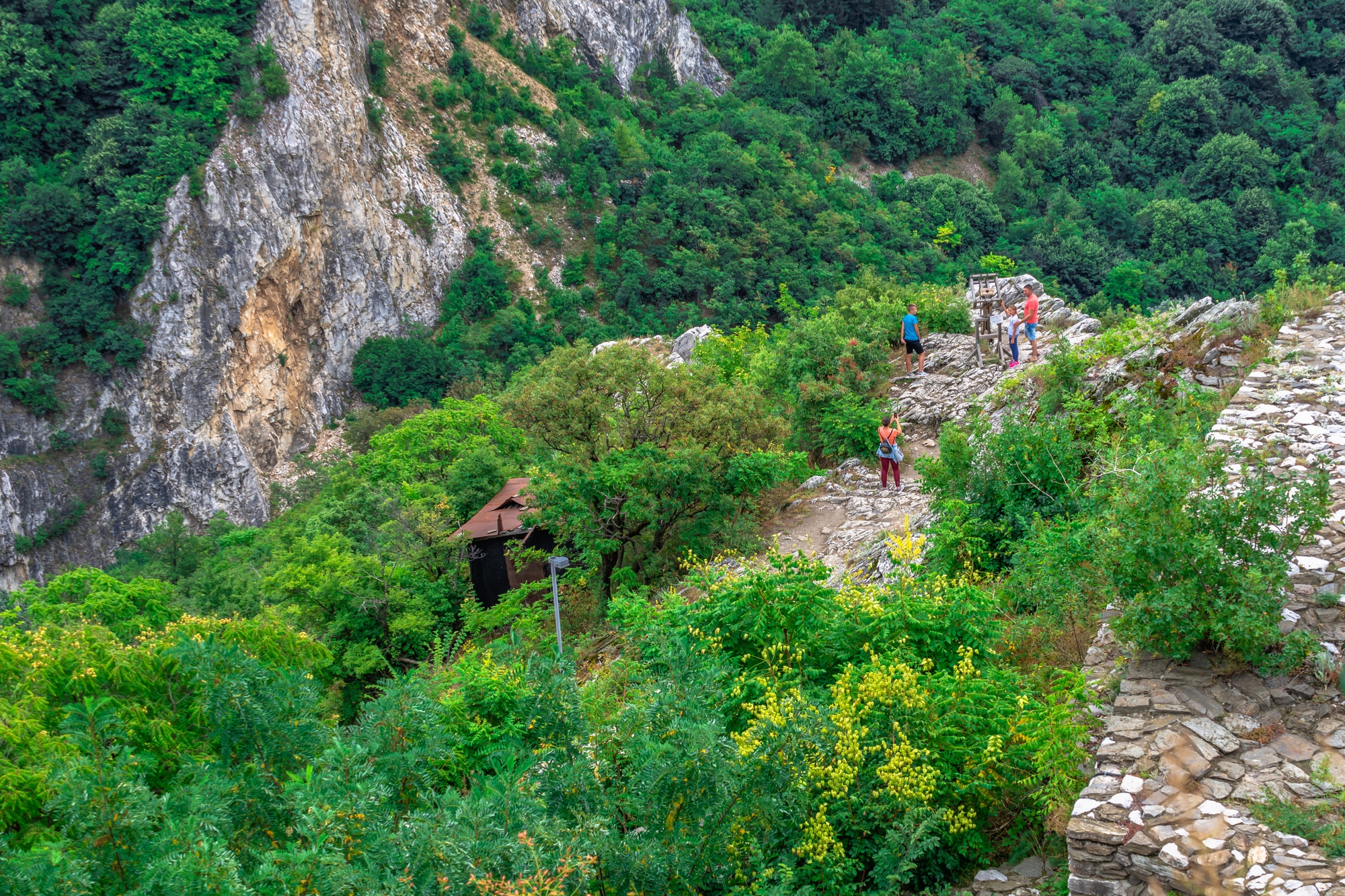
The kaba gaida bagpipe of Bulgaria features the lowest pitch of any bagpipe worldwide, producing hauntingly beautiful melodies that echo through mountain villages. The town of Smolyan hosts the International Bagpipe Festival every two years, drawing players of various traditional styles.
Village weddings remain the best place to hear authentic performances, where bagpipers play continuously for hours, accompanying complex line dances that unite entire communities.
Asturias, Spain
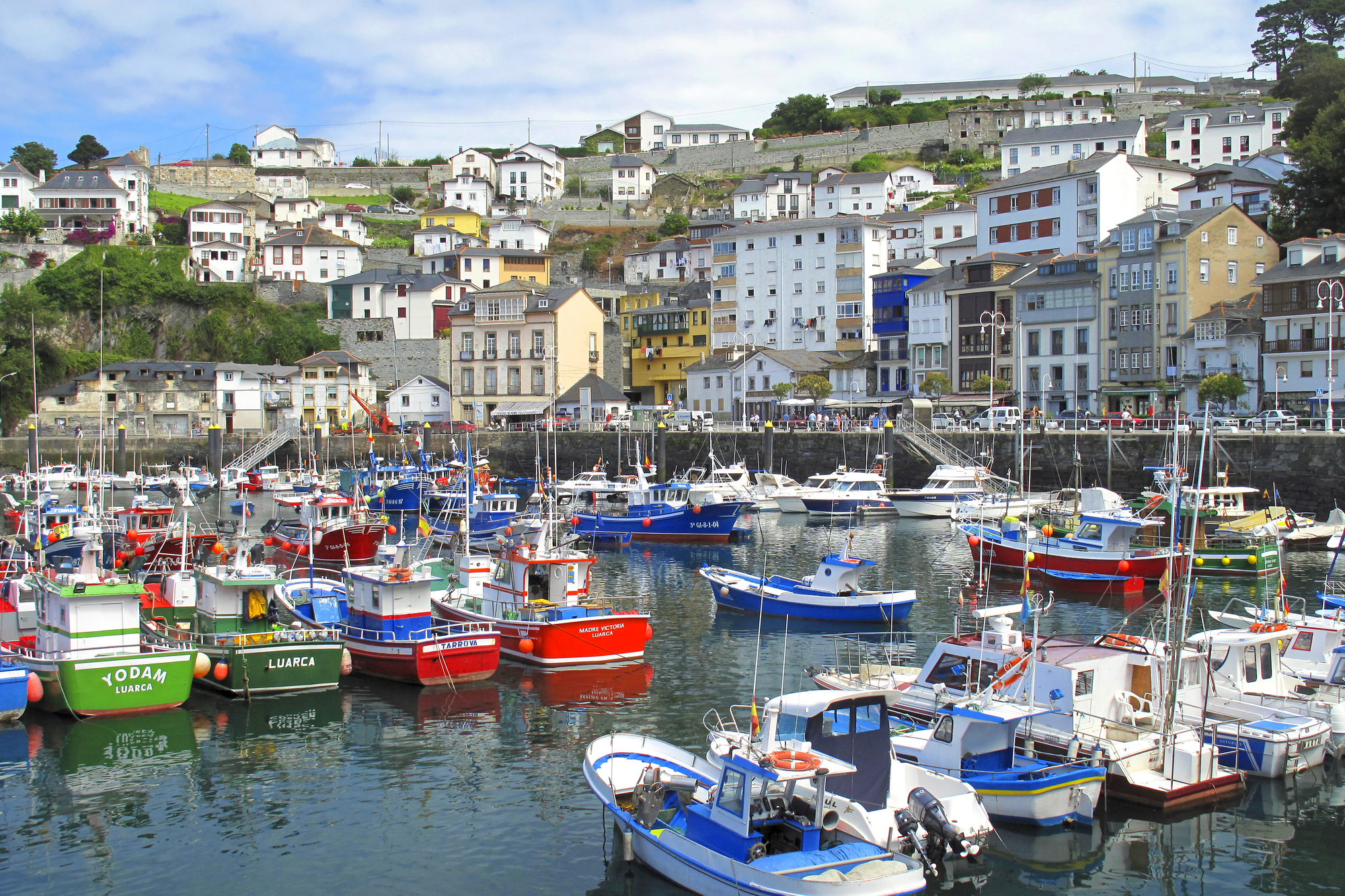
This mountainous northern Spanish region maintains a vibrant tradition centered around the gaita asturiana, distinguishable by its brightly colored cloth covering and distinctive ornamentation techniques. The coastal city of Gijón holds weekly summer bagpipe gatherings in Plaza Mayor, where local bands perform traditional alboradas morning songs.
Bagpipe schools throughout the region ensure the tradition passes to younger generations, with children starting lessons as young as five years old.
Like Travel Pug’s content? Follow us on MSN.
Uilleann Pipe Clubs, Ireland

Unlike their Highland cousins, Irish uilleann pipes are played seated using bellows rather than breath, producing a more subtle, indoor-appropriate sound. Na Píobairí Uilleann in Dublin hosts monthly sessions where master pipers perform and teach this complex instrument.
Small pubs throughout County Clare feature regular uilleann pipe sessions where listeners can experience this quintessentially Irish instrument in intimate settings accompanied by fiddles and bodhrán drums.
Gascony, France
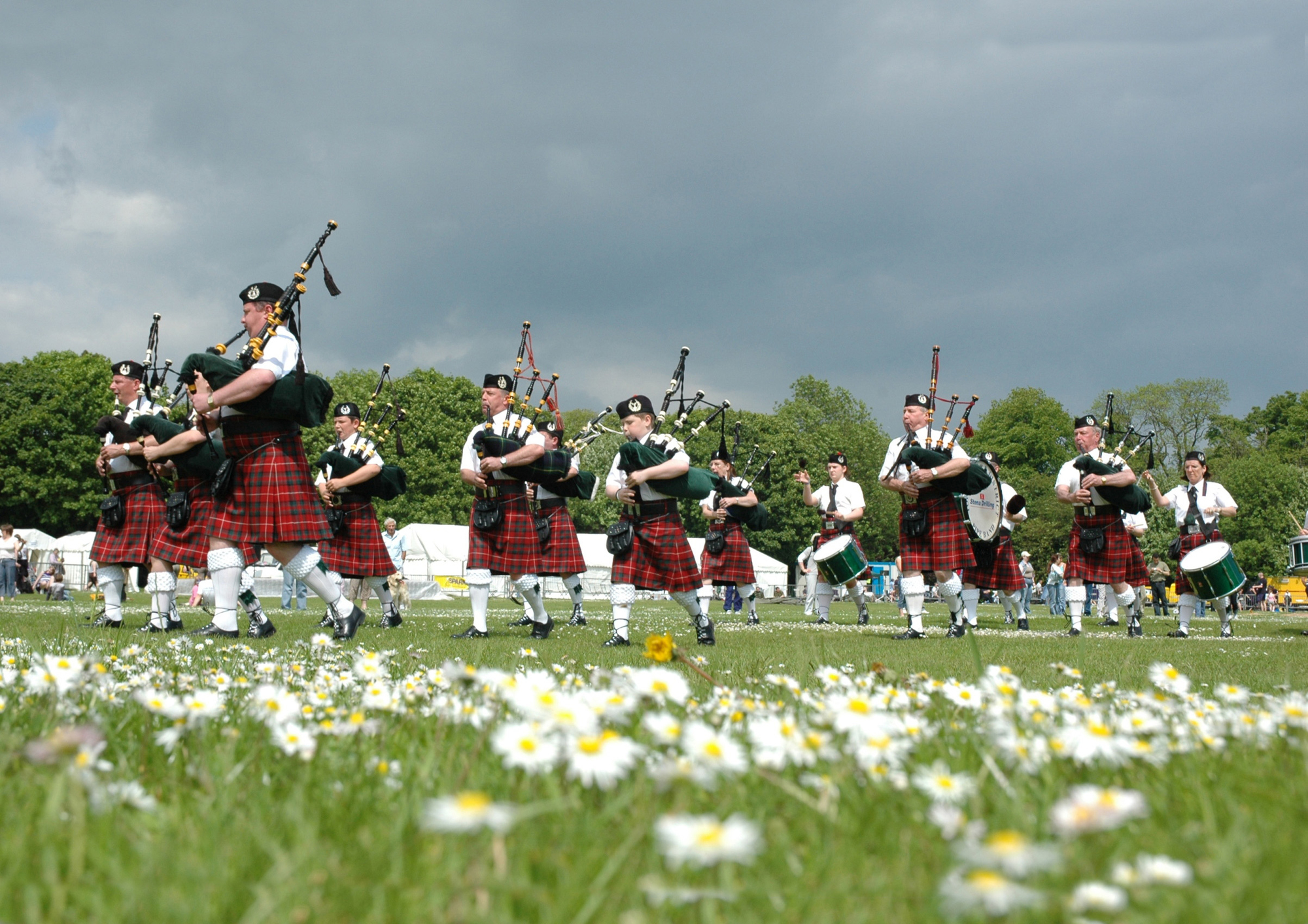
The distinctive three-bored boha bagpipe nearly disappeared but has experienced a remarkable revival in this southwestern French region. The medieval town of Condom hosts an annual wind instrument festival where boha players demonstrate their unique circular breathing techniques.
Local dance events called balètis feature these bagpipes playing characteristic bouncing rhythms that accompany traditional round dances, maintaining Gascon cultural identity.
Highlands Games, Scotland

These sporting and cultural gatherings throughout Scotland showcase solo piping competitions judged on technical precision and musical expression. The Cowal Highland Gathering in Dunoon features the world championship for pipe bands, with competitors from countries as distant as New Zealand and Canada.
Early morning qualifying rounds often provide the best listening experience when fewer crowds allow appreciation of subtle differences between regional playing styles.
Like Travel Pug’s content? Follow us on MSN.
Macedonian Village Celebrations
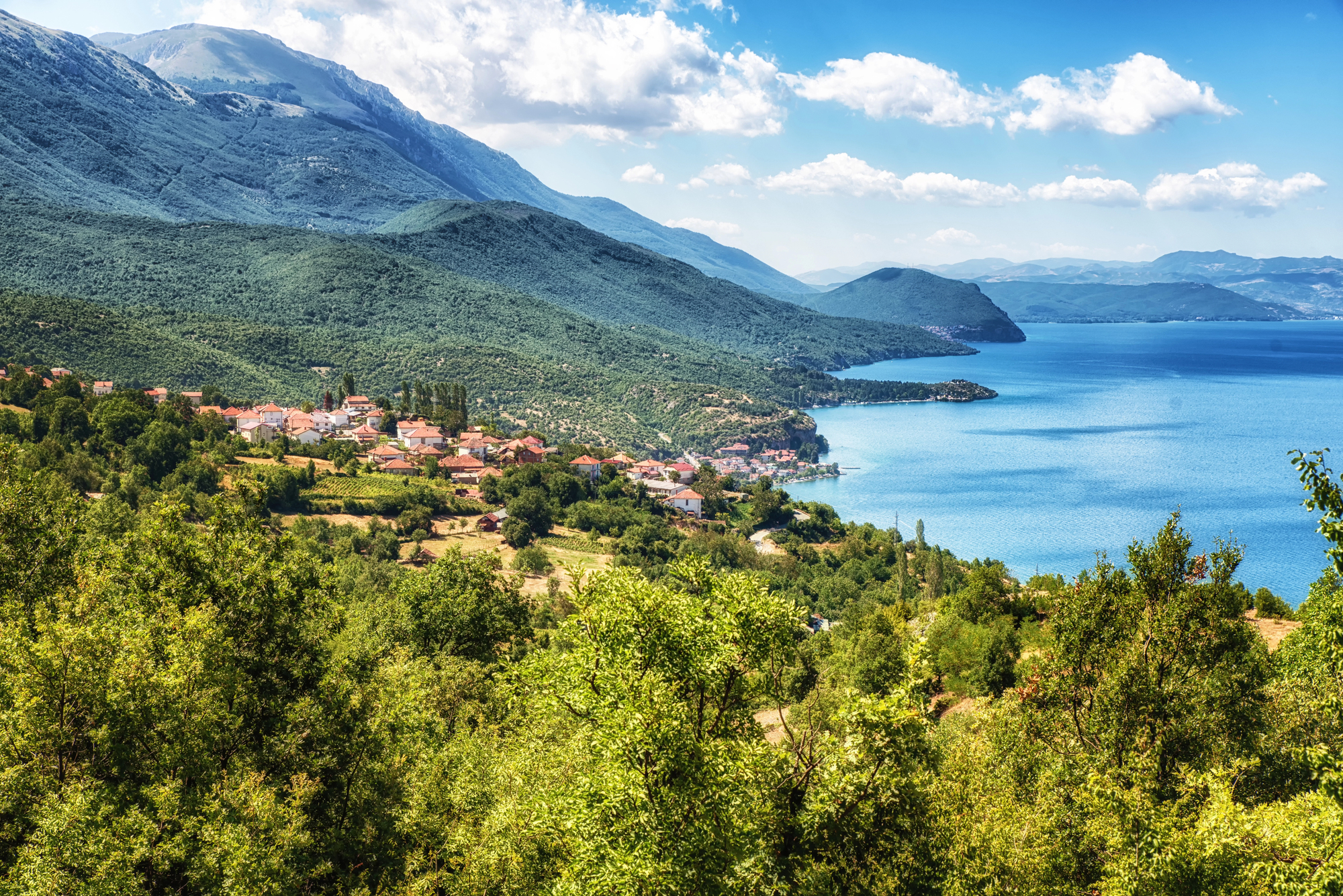
The gajda bagpipe remains central to Macedonian folk traditions, particularly at village celebrations where competing musicians drive dancers to increasingly energetic displays. The town of Berovo hosts an annual festival dedicated to this powerful instrument and its role in local culture.
Wedding processions still feature gajda players leading family members through village streets, playing rhythm-driven melodies that connect modern celebrations to centuries of tradition.
Northumbrian Gatherings, England

The northernmost English county maintains its distinctive smallpipe tradition, featuring an instrument quieter and more melodically complex than Highland bagpipes. The town of Rothbury hosts an annual music gathering where smallpipe competitions attract players dedicated to preserving this regional style.
Local pubs throughout Northumberland host regular smallpipe sessions where the instrument’s gentle, articulate sound creates perfect accompaniment for winter evenings by the fire.
Sardinia, Italy

The launeddas, a triple-pipe instrument requiring circular breathing, represents one of the world’s oldest continuously played bagpipe-like traditions. The southern Sardinian town of Villaputzu celebrates this ancient instrument with festivals showcasing master players performing hypnotic dance music.
Desert plateaus throughout the island host twilight performances where launeddas players demonstrate techniques passed down through family lineages stretching back countless generations.
Like Travel Pug’s content? Follow us on MSN.
Moravian Villages, Czech Republic
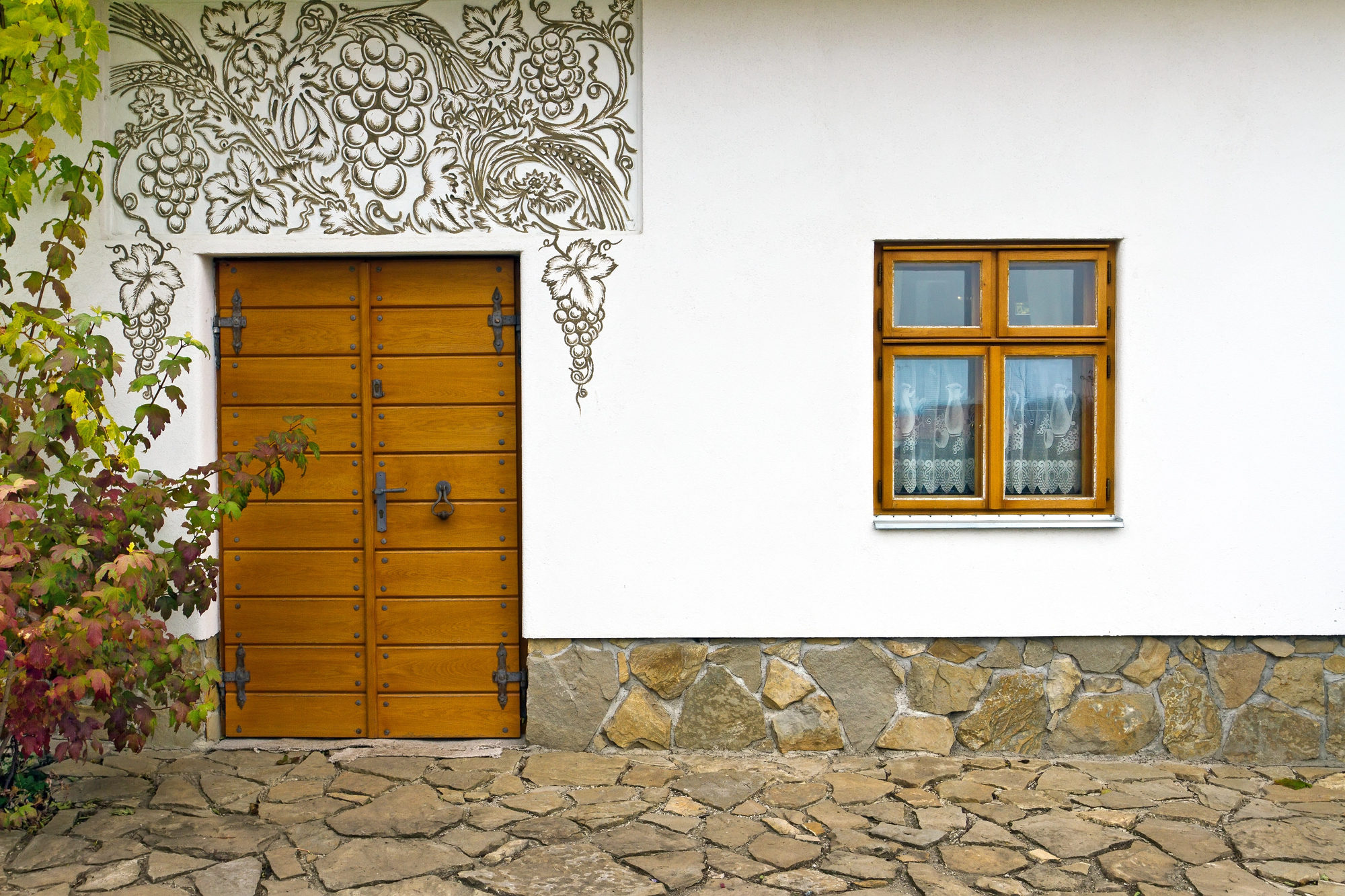
The dudy bagpipe tradition thrives in small Moravian communities where the instrument accompanies seasonal festivals and dance events throughout the year. The town of Strakonice hosts an international bagpipe festival drawing players from across Europe and beyond every two years.
Village pubs throughout South Bohemia feature regular gatherings where local musicians maintain regional tunes that differ noticeably from those just a few miles away.
Tunisia’s Mezoued Tradition
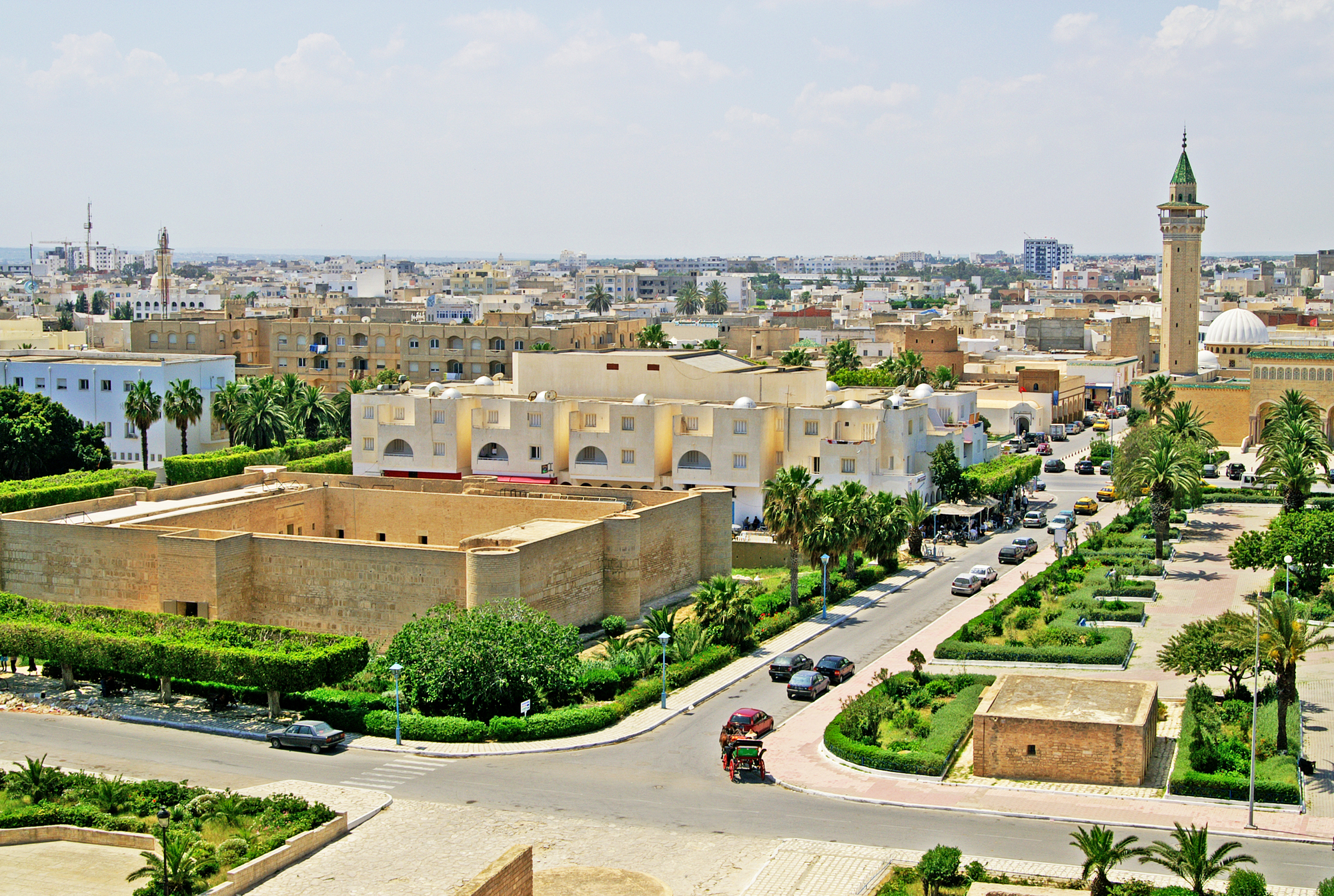
North African bagpipe traditions continue in Tunisia, where the mezoued accompanies both religious festivals and secular celebrations. The coastal town of Hammamet hosts cultural events featuring this double-reed instrument alongside traditional percussion.
Wedding celebrations provide excellent opportunities to hear authentic performances, with skilled players improvising for hours and responding musically to the energy of dancing guests.
Timeless Resonance
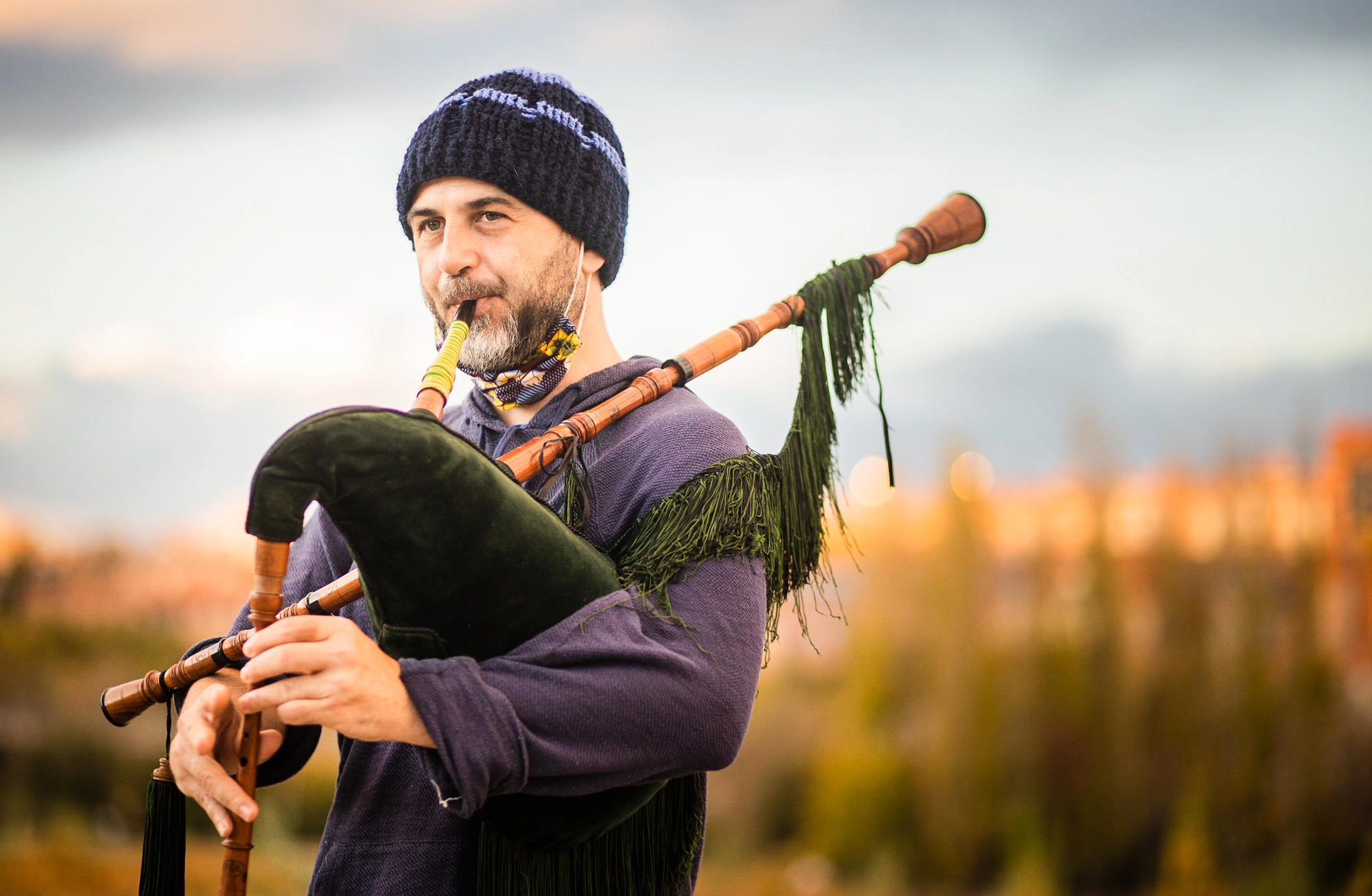
These bagpipe traditions demonstrate music’s remarkable ability to maintain cultural identity across centuries while continuously evolving. Beyond tourist performances, these authentic experiences connect visitors to communities where bagpipes remain vital cultural expressions rather than mere historical artifacts.
The distinctive voices of these diverse instruments continue speaking to new generations, ensuring ancient musical traditions remain relevant in contemporary cultural landscapes while preserving their essential character and emotional power.
More from Travel Pug

- Cities Growing so Fast You Won’t Recognize Them in 10 Years
- 13 Destinations Where Tourists Regularly Regret Their Trip
- 16 U.S. Cities That Are Quietly Becoming Travel Hotspots
- Where to Travel If You Love Long Bus Rides and Daydreams
- 20 Cities Perfect for Solo Travelers Who Crave Adventure & Culture
Like Travel Pug’s content? Follow us on MSN.
